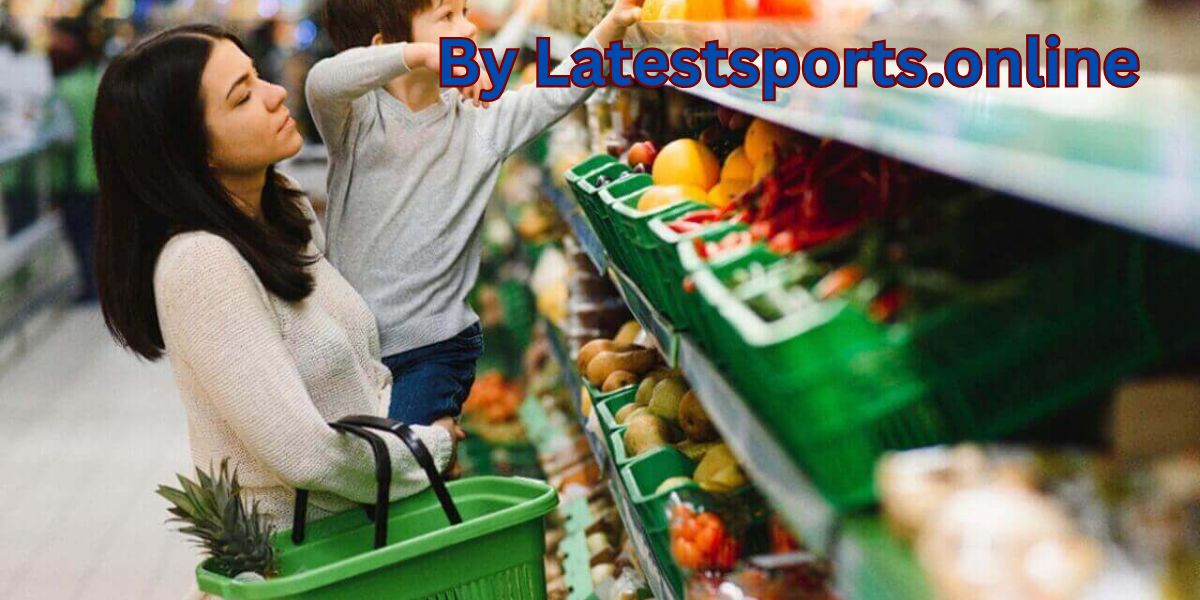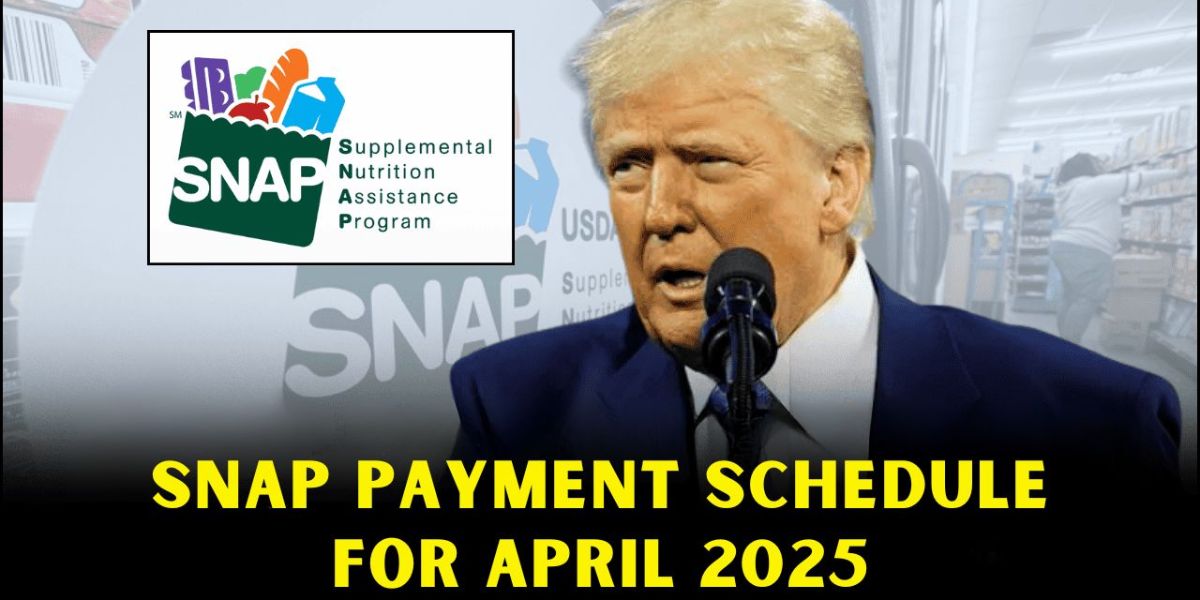In the United States, food insecurity remains a persistent issue affecting millions of individuals and families. Among the most critical tools in the fight against hunger is the Supplemental Nutrition Assistance Program (SNAP)—a federal initiative that helps low-income Americans put food on the table.
Formerly known as food stamps, SNAP plays a vital role in ensuring access to nutritious food for those who need it most.
What is SNAP?
SNAP is the largest federal nutrition assistance program in the U.S., administered by the U.S. Department of Agriculture (USDA). It provides eligible low-income individuals and families with monthly benefits, which can be used to purchase food at grocery stores, farmers markets, and other authorized retailers. The benefits are distributed via an Electronic Benefit Transfer (EBT) card, which functions like a debit card.
The primary goal of SNAP is not just to alleviate hunger, but also to promote healthier eating habits and greater self-sufficiency. Participants are encouraged to use their benefits to buy nutritious foods, including fruits, vegetables, dairy products, meats, and whole grains.
Who Benefits from SNAP?
According to Feeding America, more than 42 million people are currently enrolled in SNAP. These recipients represent a diverse cross-section of society, including families with children, people with disabilities, low-wage workers, and seniors.
Notably, 4.8 million seniors aged 60 and older are enrolled in the program. For older adults—many of whom live on fixed incomes—SNAP can mean the difference between choosing to buy food or pay for medication, housing, or utilities.
Why SNAP Matters
SNAP is more than a food assistance program—it’s a critical safety net that reduces poverty and boosts local economies. Research shows that every dollar spent in SNAP generates up to $1.50 in economic activity, as recipients spend their benefits at local businesses.
In addition, SNAP is proven to improve health outcomes. By increasing access to healthy foods, it helps prevent diet-related illnesses such as diabetes, heart disease, and obesity—particularly important for seniors and those with chronic conditions.
Common Misconceptions
Despite its proven impact, SNAP is often misunderstood. Some believe that benefits are too generous or widely abused. In reality, the average monthly benefit is modest—about $6 per person per day—and strict eligibility requirements ensure that only those who truly need assistance receive it. The program also has robust systems in place to detect and prevent fraud.
How to Apply for SNAP
Eligibility for SNAP is based on income, household size, and other factors. Individuals and families can apply online through their state’s SNAP office or in person. Once approved, benefits are typically issued monthly on an EBT card.
Community organizations and food banks often assist with the application process, helping people navigate the system and get the support they need.
SNAP is a lifeline for millions of Americans, providing not just food but also hope, dignity, and a pathway toward better health and economic stability. As food insecurity continues to affect communities across the nation, programs like SNAP remain essential to building a stronger, more equitable future for all.




